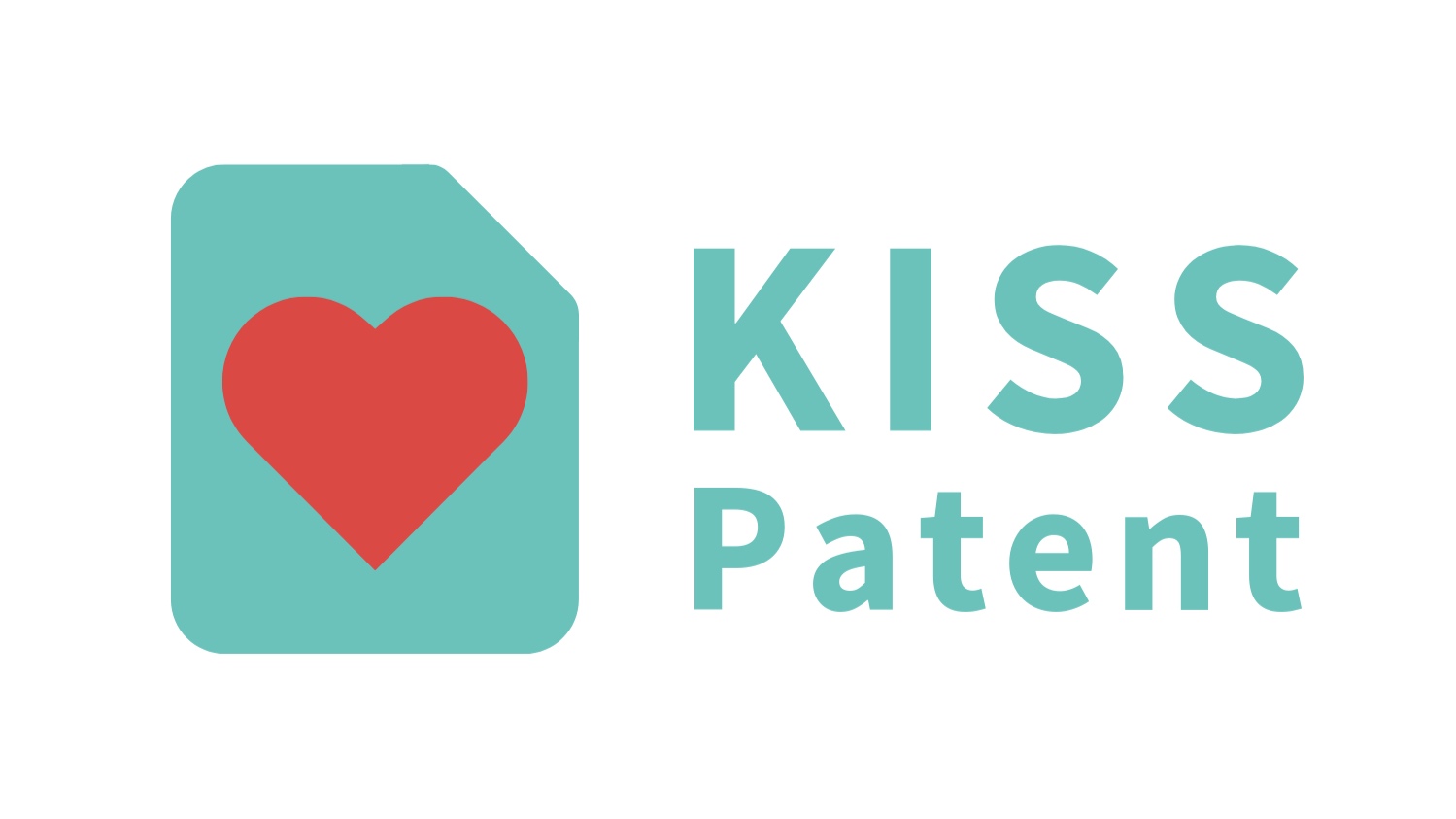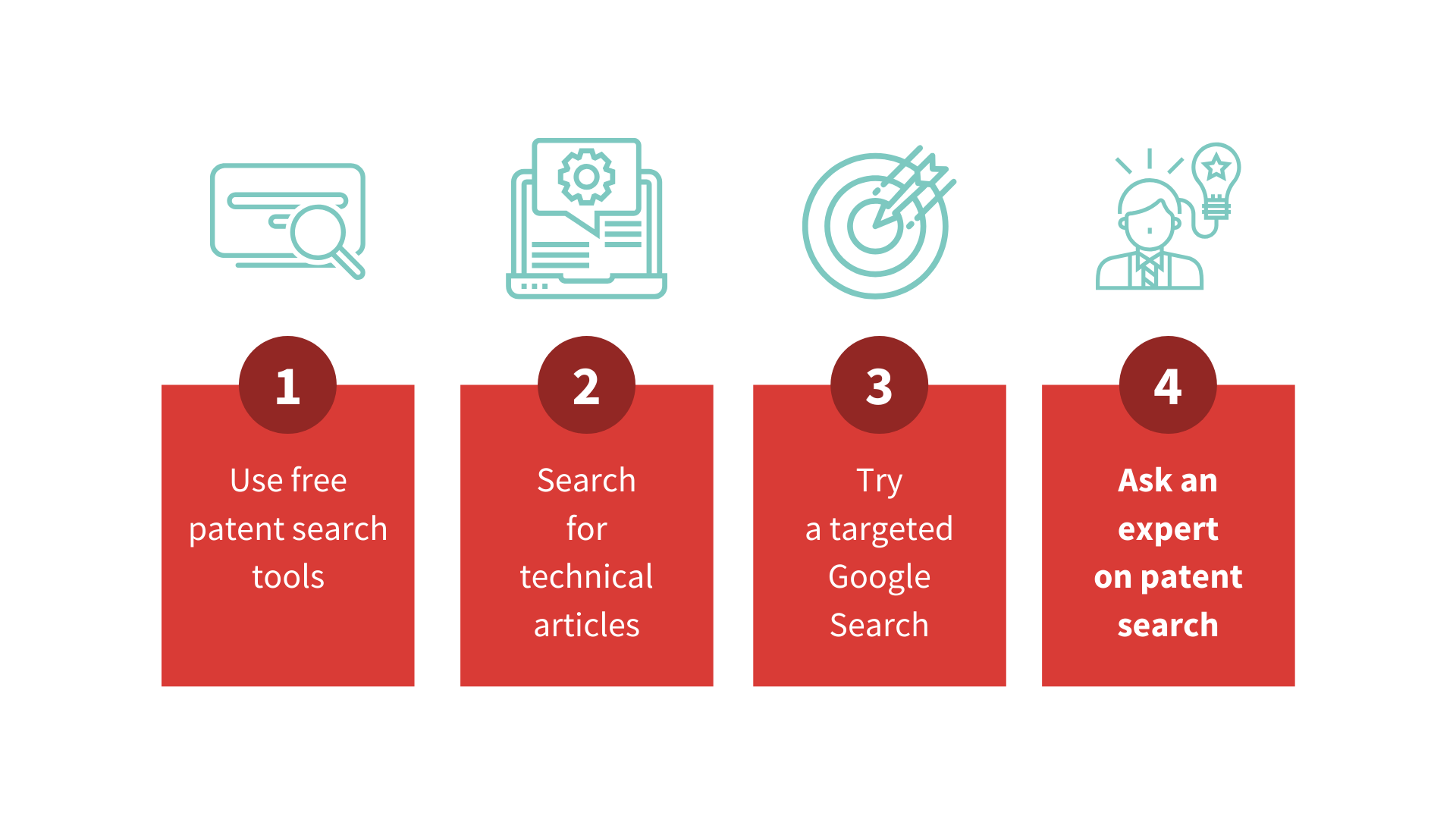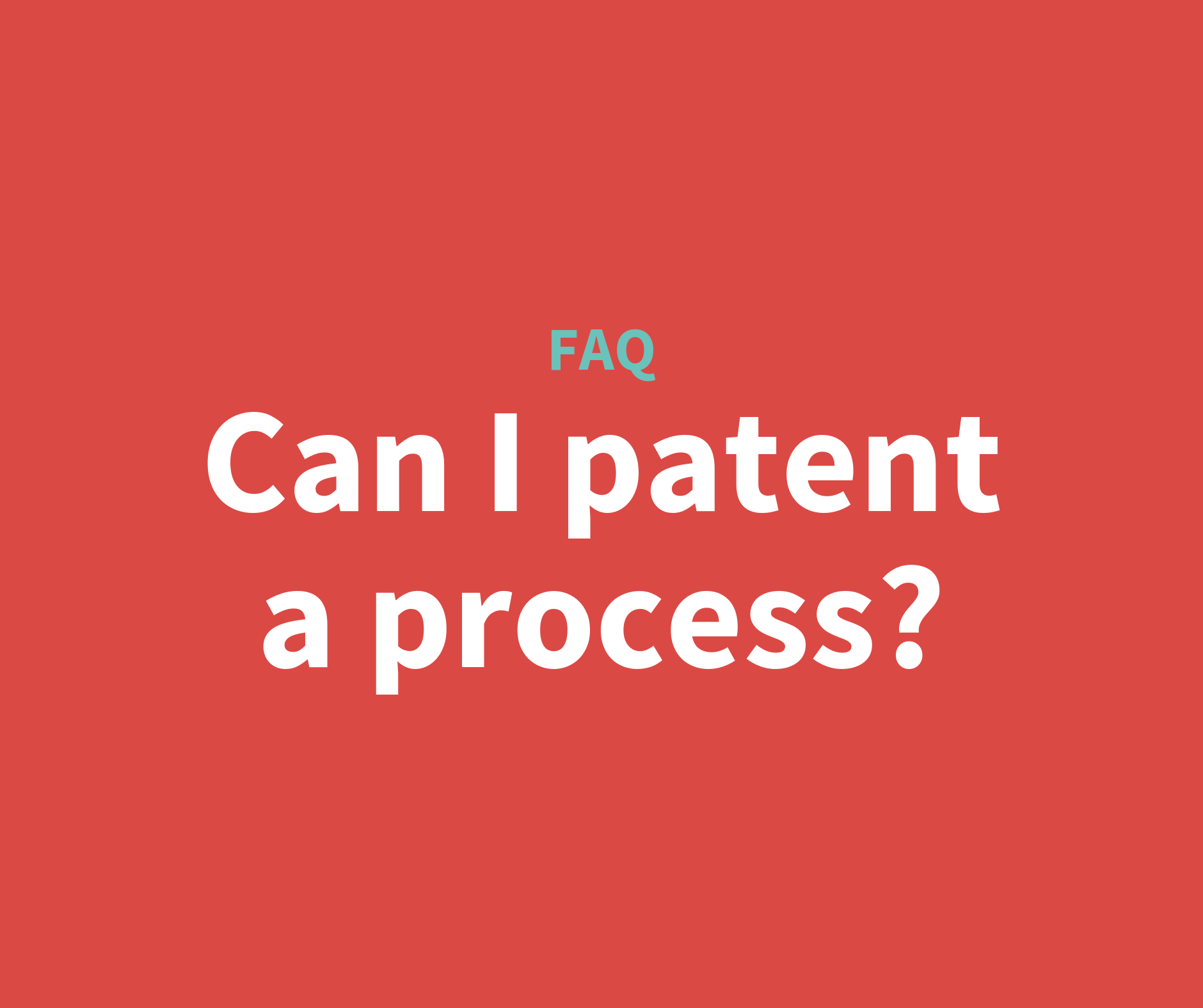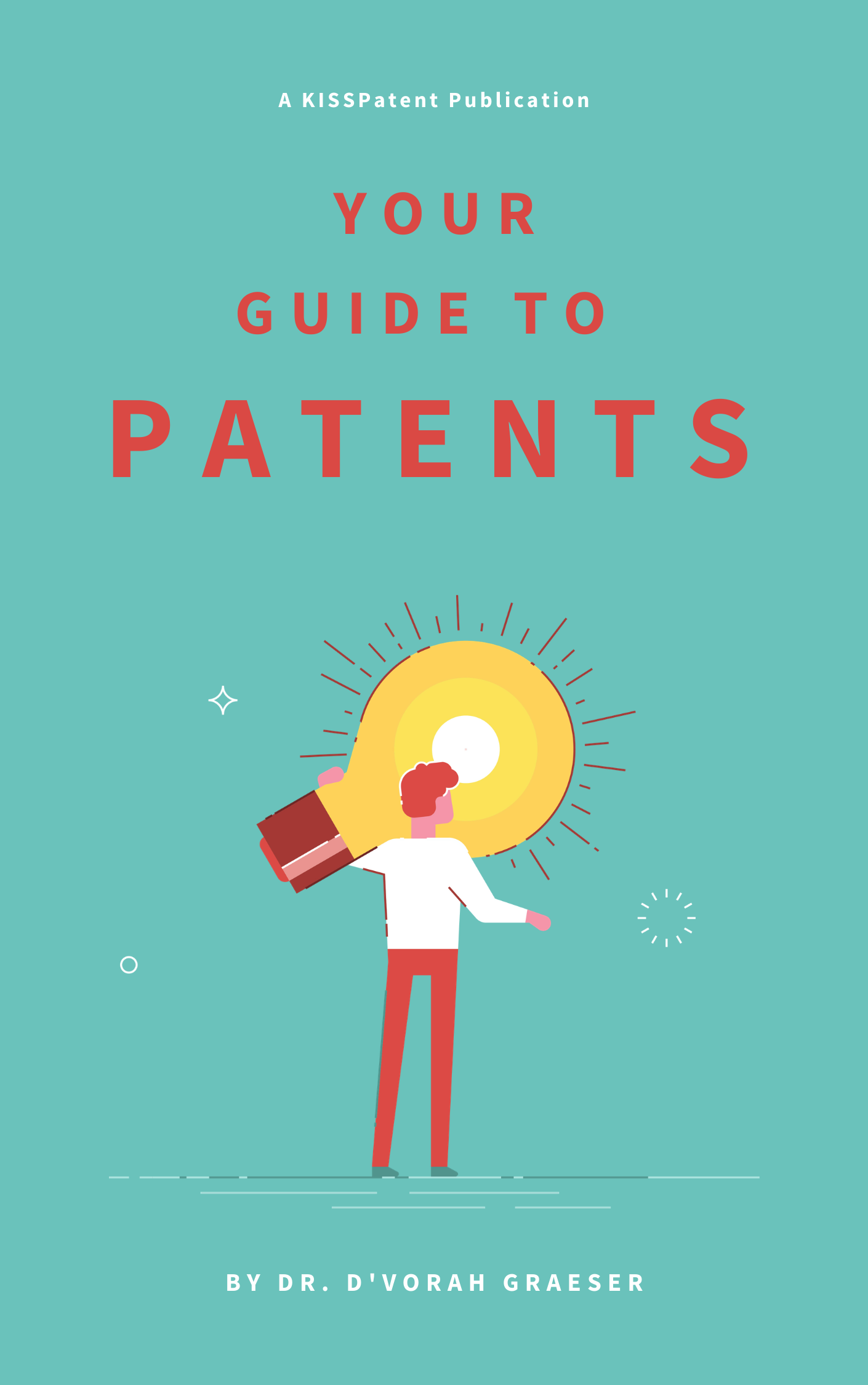Hey, thanks for joining us. We're so glad you're here!
This is THE place to learn everything you need to know about how to effortlessly obtain patent protection for your idea.
With this guide, you will achieve three important goals:
Discover how patents can help your business by increasing your valuation and protecting your product/technology from competitors and copycats.
Gather all necessary details about your invention, so when the time comes you’ll be ready to file a patent with a super simple process.
Obtain an assessment about your idea/product, which helps you avoid patent pitfalls and increases your chance of successfully obtaining a patent.
Chapter 2 details the importance of timing - How and why you need to file now with the most accessible patent process.
Chapter 3 discusses the necessary requirements of a patent application - How to properly file a patent application guaranteed for success.
Chapter 4 focuses on the patent pitfalls - there are common mistakes made during filing, this chapter helps you avoid them.
Chapter 5 is your Idea Assessment - you’ll obtain a clear answer to your most important question: Are you ready to file for a patent?
Patent Your Idea Table of Contents
Ready to protect your ideas? Start with the first chapter below!
Chapter 1
What is a Patent
and Why Do You Need One
This chapter will guide you through the basics — What is a patent and why you need one.
What is a patent
A patent is intellectual property that protects your invention or product from illegal use or reproduction by other companies.
There are three types of patents available by the United States Patent and Trademark Office (USPTO).
Utility patents
Design patents
Plant patents
Although design and plant patents can be filed, the most common type of patent is utility, which protects all unique inventions.
What does protection really mean?
Protecting an invention or product with a patent means that other businesses or people may not make, sell, or use your product without your permission. If they do so, you will be able to file a lawsuit against them for patent infringement.
Why do you need a patent?
There are three main reasons why you need a patent:
Protection - You’ll be able to protect your invention from your competitors and stop copycats.
Market Dominance - You can use a patent to restrict competitors from your market. It’s an offensive and a defensive tool as well!
Growth - A business that owns a patent(s) attains much higher valuation, will be more likely to receive funding, and has higher credibility and stability.
Overall, a patent will give your business the boost it needs to truly succeed! Patents also help your business increase your market share because you can block out, restrict, and control your competitors.
Business benefits of patents
Businesses and startups with patents reap many different benefits that will improve their market value, brand image, and overall provide sustainable growth and profits for their future. Not only that, but they receive significantly higher valuations and are more likely to receive funding from investors and show higher credibility and stability.
A patent is your most valuable business asset!
Want to know more?
If you want to dive even deeper, check out these other articles that we’ve written that might be interesting to you!
Article: What is a patent
Article: Start your startup strategy right
Article: Why patent your idea
Article: Why your startup will change the world
Download the ebook
Not sure about the benefits of a patent for your business?
Book a free discovery call so we can talk about how a patent can be useful for your business!
Do you have any questions?
We’ve probably answered it already! Check our Frequently Asked Questions to know more.
Chapter 2
File Sooner
Rather Than Later
This chapter’s main focus is to address the most important factor for filing your patent: timing. You’ll learn why filing in a timely manner is in your best interest and what options are available for faster filing.
Why you need to file for a patent NOW!
As discussed in Chapter 1 — a patent is vital to your business’s success and future profitability. Once you’ve made the decision to file, it’s important that you understand why filing sooner rather than later is absolutely necessary.
With such high velocity, filing for a patent should not be a time-consuming process as it could cost you your invention and future business profits.
When it comes to filing for a patent, it doesn’t matter when you will obtain the patent itself as the patent filing process sometimes takes months. What matters, however, is the filing date. It’s a first-to-file game and we want you to win!
How you can file now!
All you need to get started is a detailed description of your idea and a few patent drawings.
We recommend filing a Provisional Patent Application, instead of a Non-provisional (Utility) patent application right away.
There are many reasons why a Provisional Patent is better, but here are the top 3:
You can file faster. Get that filing date in quickly! Provisional applications are far less complex and much more simple to file.
You can keep working on your idea. Provisional, as it says in the name, is valid for 12 months. After those 12 months, you’ll need to file a full patent application or lose the patent protection rights. This gives you plenty of time to keep working and improving your product or business.
It’s much more affordable and it has a really quick turnaround. Perfect for fast-growing companies!
What is a Provisional Patent Application?
A Provisional Patent Application is a patent application that can be used to secure a filing date while avoiding the high costs associated with filing and prosecution of a Nonprovisional (Utility) Patent Application.
Here are some key benefits of filing a Provisional:
Fewer requirements. Provisional applications are perfect for those who want to get protection quickly!
Gain an additional year. You’ll be able to experiment, perfect your invention, find financial backing, determine sales potential, find interested parties for licensing, etc.
Not examined. Avoid the costs of prosecuting a nonprovisional application during this one-year period.
Want to know more?
If you want to dive even deeper, check out these other articles that we’ve written that might be interesting to you!
Download the ebook
Do you want to know if this is the right time to file for a patent?
Get some answers! Book a free discovery call so we can talk more about your patent strategy.
Do you have any questions?
We’ve probably answered it already! Check our Frequently Asked Questions to know more.
Chapter 3
How to File
a Patent Application
In this chapter, we discuss the 3-step process to ensuring that you are filing a successful patent application.
STEP 1 - Define Your Idea
This is arguably the most important step. You have to define what makes your idea unique. Ask yourself, why is my idea patent-worthy?
We recommend following this simple process:
Take a moment and write down your idea using only a few sentences. How would you describe your idea to a potential customer? Does it make sense to someone who doesn’t have knowledge of the industry? These questions will help you clearly define your idea.
Does your idea stand out? You can only get a patent if your idea is completely novel and unique.
Does your idea need a patent? Find out if your idea falls into a patentable category. If not, perhaps it does qualify for another type of Intellectual Property protection, such as a trademark or a copyright.
Have you published no later than a year? In the US, your idea shouldn’t be published, or publicly available, for more than a year, otherwise, you aren’t eligible for a patent, not even a provisional. Time is literally money!
Define the details of your idea. This is where you can get into the nitty gritty details of your idea. This will come in handy when you eventually file for a Non-provisional (Utility) Patent application.
STEP 2 - Conduct a Patent Search
Doing a patent search saves you time and money — you can’t file a patent over an idea that is already patented, right? Working on developing your product or your idea without conducting a search is like going at it blind. A proper patent search can save you tons of time and money!
Conducting Patent Search Overview
You can do patent search by yourself, but we recommend having a professional do it for you because there are tons of tiny details that can be devastating if you overlook them!
Here’s how you can go about searching yourself:
Search on Google. Google’s Patent Search works the same as Google Search, but the results are for filed patents. There’s an Advanced Google Patent Search as well, if you feel like diving deep.
For an EU patent you can use Espacenet Patent Search. It works almost the same as Google’s tool.
Search scientific studies, articles and books. Google’s Combined Patent and Article Search is great for that — it’ll search in books, articles and scientific materials.
iSearch.ai is a fantastic new patent search tool, developed by us, that uses AI to search for existing patents based on the description of your idea. Our AI uses the description of your idea to find relevant patents to your idea, uncover competitors, and find potential overlaps. This tool gives you a uniqueness score so you can know how new and inventive your idea is. Finally, you can download a report with all the information you discovered.
You can do a regular Google Search with selected and appropriate keywords. If you have defined your idea already, you probably know very well what you are looking for.
Once you’ve done a proper patent search and are certain you can get a patent, you’re ready for the next step, preparing to file.
STEP 3 - Prepare Your Filing
At this point, you should know if your idea is novel and patentable. Now, it’s time to file! Here, we’ll discuss the essentials of a provisional patent application, which is the quickest, simplest and most affordable application if you need patent protection now.
There are three basic requirements for a Provisional Patent Application:
Let’s learn more about each part:
The cover sheet. The easiest part of the process — it contains basic information like the name of the inventor, the title of the invention, and other minor details. There are certain requirements on how to fill out this section, but overall, it is the easiest part of the application.
Patent drawings. Drawings are not necessary for provisional applications, but we highly recommend doing them anyway — it greatly helps to understand your idea. These should be simple process flow charts or basic schematics. Nothing too complicated! The bottom line is to help the examiner assimilate your idea.
Patent text. This part is the written explanation of why your idea is truly unique. Make sure that you are technical, but not too technical — the patent examiner has to understand how your idea works. The more comprehensive your description, the better.
We recommend doing a test application for yourself first. Once it’s done, head over to the USPTO’s site, and check the actual requirements to see if you’re ready to file.
Want to know more?
We love that you want to dive even deeper! Check out these other articles that we’ve written that might be interesting to learn more.
Download the ebook
Are you stuck with your patent application process?
Book a free discovery call so we can talk about the next steps you need to take to protect your idea!
Do you have any questions?
We’ve probably answered it already! Check our Frequently Asked Questions to know more.
Chapter 4
Common Mistakes
When Filing a Patent
This chapter focuses on the common mistakes that can lead to rejected applications. Pointing out these common mistakes will help you look out for them and avoid them.
Mistake 1: Not putting in the time and effort
Remember we talked about you defining your idea. This helps you discover the true potential of your it — what makes it novel and unique.
When you define your idea, you are essentially looking to answer the most important question: is my idea patent-worthy?
If your idea is not completely unique, take the time to refine it and really nail down what makes it novel. Countless applications are rejected each year because of lack of originality!
Next is spending lots of time and effort on your patent search. A thorough search can help you save tremendous amounts of time and money.
Mistake 2: Publishing before filing
There are two problems with publishing your idea before you even file for a patent.
In the US, patents have a published deadline of one year. You can get a patent on a published, or publicly available, idea only if you published no later than 12 months before filing. This even includes publishing pictures on social media!
The more you publish, the more likely your idea is already copied. It is easy to understand why patenting first is so important.
Publishing your idea could be as simple as posting a photo on your Instagram story or mentioning your idea in an innovation forum. Once you make your idea public, even in the subtlest way, the clock begins running on the time you have to file for a patent.
Mistake 3 - Ignoring your business
Your idea is the most instrumental part of your business. Right? And we know you want to focus on improving and developing your product. We get that.
But don’t worry about pushing your business aside by having to focus your time on the seemingly confusing patent process. We’re here to help you by providing fully supported patent application packages so that you can focus on your business and not lose any valuable time or money in the patent application process.
Want to know more?
We love that you want to dive even deeper! Check out these other articles that we’ve written that might be interesting to learn more.
Article: 4 patent myths that you thought were true
Article: The most common patent mistakes
Article: The ultimate patent FAQ
Article: Patent myths debunked
Download the ebook
Want to avoid mistakes in your patent application?
Talk with our patent experts in a free discovery call. Get the advice you need to have a better filing process!
Do you have any questions?
We’ve probably answered it already! Check our Frequently Asked Questions to know more.
Chapter 5
Your Personal
Patent Assessment Tool
You have the option to do an idea assessment survey, get feedback from a qualified expert and explore ways to strategize and move forward.
IDEA ASSESSMENT AUDIT
Next steps
We’ll evaluate your individual assessment
You’ll get the results and feedback within 48 hours
Schedule a call with our expert right away to discuss the findings and move forward
Schedule a call now
Use our calendar form to find an available appointment with our patent experts. During the call, we will give you a feedback on your idea assessment, plus recommend the best route to secure your idea, and get a patent.
Download the ebook
Do you have questions?
Patent Guide Wrap-up
When it comes to protecting your idea and business, a patent is an essential, time-sensitive element of your business plan. Make sure to keep these 10 gold info nuggets in mind when filing for a patent:
Patents protect your idea from copycats and give you the legal right to block, restrict, and control your competitors in your market.
Patents have both direct and indirect business benefits - they massively increase your business’s valuation, make it easier to receive funding from investors, and boost your credibility and stability. Patents are one of the best business growth tools!
The patent process is easy, straight-forward and cost-effective if you know what to do and how to properly do it. KISSPatent can help you file correctly the first time!
Filing sooner rather than later - publishing your idea without filing is a serious risk. As soon as you file, the clock starts ticking. File first, and then focus on what really matters - your product.
Define your idea first. Using simple language, write down what makes it unique and how it works. It sounds silly but it’ll greatly improve the overall filing process.
Do a patent search. You need to know if someone else has patented your idea before you. You don’t want to be wasting time and money without knowing if you’re infringing on someone else’s patent or if it has been patented before.
Apply for a provisional patent application first. Provisionals are much simpler, affordable, and easier to file. Plus, they give you a one-year deadline to keep working on your idea!
Prepare patent drawings. Drawings shouldn’t be complicated, but descriptive.
Filing. Gather the written description of your idea along with patent drawings, fill out the provisional application cover sheet and file your application.
Having professionals like us at KISSPatent can vastly decrease the chance of failed applications. Did you know that only 52% of all patents filed are accepted? Of those, DIY patent application filings have significantly increased chances of rejected applications. Don’t skip asking for help!
Filing a patent application doesn’t have to break the bank or be a complicated, frustrating process. We’re here to help you along the way from the initial search to the final application and filing.
Don’t wait! Get started on your patent application today!



















































